自动控制思想及其实践可以说历史悠久。它是人类在认识世界和改造世界的过程中产生的,并随着社会的发展和科学水平的进步而不断发展。早在公元前300年,古希腊就运用反馈控制原理设计了浮子调节器,并应用于水钟和油灯中。 同样早在1000多年前,我国古代先人们也发明了铜壶滴漏计时器、指南车等控制装置。应用于工业的自控器是瓦特(J.Watt)于1769年发明的用来控制蒸汽机转速的飞球控制器. 1868年以前,自控装置和系统的设计还处于直觉阶段,没有系统的理论指导,因此在控制系统的各项性能(如稳、准、快)的协调控制方面经常出现问题。十九世纪后半叶,许多科学家开始基于数学理论的自控理论的研究,并对控制系统的性能改善产生了积极的影响。1868年,麦克斯威尔(J.C.Maxwell)建立了飞球控制器的微分方程数学模型,并根据微分方程的解来分析系统的稳定性。1877年,罗斯(E.J.Routh)提出了不求系统微分方程根的稳定性判据。1895年,霍尔维茨(A.Hurwitz)也独立提出了类似的霍尔维茨稳定性判据。 第二次世界大战前后,由于自动武器的需要,为控制理论的研究和实践提出了更大的需求,从而大大推动了自控理论的发展。1948年,数学家维纳(N.Wiener)的<<控制论>>(CYBERNETICS)一书的出版,标志着控制论的正式诞生。这个“关于在动物和机器中的控制和通讯的科学”(Wiener所下的经典定义)经过了半个多世纪的不断发展,其研究内容及其研究方法都有了很大的变化. 概括地说,控制论发展经过了三个时期: 阶段是四十年代末到五十年代的经典控制论时期,着重研究单机自动化,解决单输入单输出(SISO-Single Input Single Output)系统的控制问题;它的主要数学工具是微分方程、拉普拉斯变换和传递函数;主要研究方法是时域法、频域法和根轨迹法;主要问题是控制系统的快速性、稳定性及其精度。 第二阶段是六十年代的现代控制理论时期,着重解决机组自动化和生物系统的多输入多输出(MIMO-Multi-Input Multi-Output)系统的控制问题;主要数学工具是一次微分方程组、矩阵论、状态空间法等等;主要方法是变分法、极大值原理、动态规划理论等;重点是优控制、随机控制和自适应控制;核心控制装置是电子计算机;
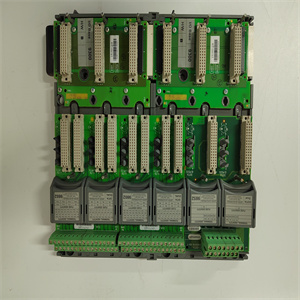
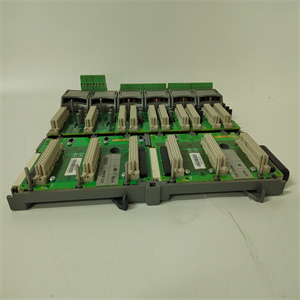
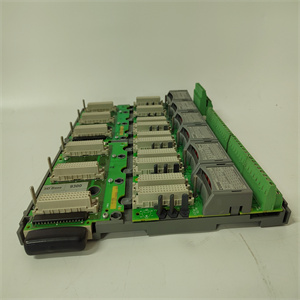
The idea and practice of automatic control have a long history. It is produced in the process of human understanding and transforming the world, and continues to develop with the development of society and the progress of scientific level. As early as 300 BC, ancient Greece used the feedback control principle to design the float regulator, which was used in water clocks and oil lamps. As early as more than 1000 years ago, ancient Chinese ancestors also invented control devices such as copper pot drip timer and guide car. The first automatic controller used in industry was the flying ball controller invented by j.watt in 1769 to control the speed of steam engine. Before 1868, the design of automatic control devices and systems was still in the intuitive stage, without systematic theoretical guidance. Therefore, problems often occurred in the coordinated control of various performance (such as stability, accuracy and speed) of the control system. In the latter half of the 19th century, many scientists began to study the automatic control theory based on mathematical theory, which had a positive impact on the performance improvement of the control system. In 1868, j.c.maxwell established the differential equation mathematical model of the flying ball controller, and analyzed the stability of the system according to the solution of the differential equation. In 1877, e.j.routh put forward the stability criterion without seeking the root of the differential equation of the system. In 1895, a.hurwitz independently proposed a similar Horwitz stability criterion. Before and after the Second World War, due to the need of automatic weapons, there was a greater demand for the research and practice of control theory, which greatly promoted the development of automatic control theory. In 1948, the publication of cybernetics by mathematician N.Wiener marked the official birth of cybernetics. After more than half a century of continuous development, the "science of control and communication in animals and machines" (Wiener's classical definition) has undergone great changes in its research contents and research methods. Generally speaking, the development of cybernetics has gone through three periods: the first stage is the classical cybernetic period from the late 1940s to the 1950s, focusing on the study of single machine automation, Solve the control problem of SISO (single input single output) system; Its main mathematical tools are differential equation, Laplace transform and transfer function; The main research methods are time domain method, frequency domain method and root locus method; The main problems are the rapidity, stability and accuracy of the control system. The second stage is the period of modern control theory in the 1960s, focusing on solving the control problems of unit automation and MIMO multi input multi output systems of biological systems; The main mathematical tools are first-order differential equations, matrix theory, state space method and so on; The main methods are variational method, maximum principle, dynamic programming theory, etc; The key points are optimal control, stochastic control and adaptive control; The core control device is an electronic computer;


 The idea and practice of automatic control have a long history. It is produced in the process of human understanding and transforming the world, and continues to develop with the development of society and the progress of scientific level. As early as 300 BC, ancient Greece used the feedback control principle to design the float regulator, which was used in water clocks and oil lamps. As early as more than 1000 years ago, ancient Chinese ancestors also invented control devices such as copper pot drip timer and guide car. The first automatic controller used in industry was the flying ball controller invented by j.watt in 1769 to control the speed of steam engine. Before 1868, the design of automatic control devices and systems was still in the intuitive stage, without systematic theoretical guidance. Therefore, problems often occurred in the coordinated control of various performance (such as stability, accuracy and speed) of the control system. In the latter half of the 19th century, many scientists began to study the automatic control theory based on mathematical theory, which had a positive impact on the performance improvement of the control system. In 1868, j.c.maxwell established the differential equation mathematical model of the flying ball controller, and analyzed the stability of the system according to the solution of the differential equation. In 1877, e.j.routh put forward the stability criterion without seeking the root of the differential equation of the system. In 1895, a.hurwitz independently proposed a similar Horwitz stability criterion. Before and after the Second World War, due to the need of automatic weapons, there was a greater demand for the research and practice of control theory, which greatly promoted the development of automatic control theory. In 1948, the publication of cybernetics by mathematician N.Wiener marked the official birth of cybernetics. After more than half a century of continuous development, the "science of control and communication in animals and machines" (Wiener's classical definition) has undergone great changes in its research contents and research methods. Generally speaking, the development of cybernetics has gone through three periods: the first stage is the classical cybernetic period from the late 1940s to the 1950s, focusing on the study of single machine automation, Solve the control problem of SISO (single input single output) system; Its main mathematical tools are differential equation, Laplace transform and transfer function; The main research methods are time domain method, frequency domain method and root locus method; The main problems are the rapidity, stability and accuracy of the control system. The second stage is the period of modern control theory in the 1960s, focusing on solving the control problems of unit automation and MIMO multi input multi output systems of biological systems; The main mathematical tools are first-order differential equations, matrix theory, state space method and so on; The main methods are variational method, maximum principle, dynamic programming theory, etc; The key points are optimal control, stochastic control and adaptive control; The core control device is an electronic computer;
The idea and practice of automatic control have a long history. It is produced in the process of human understanding and transforming the world, and continues to develop with the development of society and the progress of scientific level. As early as 300 BC, ancient Greece used the feedback control principle to design the float regulator, which was used in water clocks and oil lamps. As early as more than 1000 years ago, ancient Chinese ancestors also invented control devices such as copper pot drip timer and guide car. The first automatic controller used in industry was the flying ball controller invented by j.watt in 1769 to control the speed of steam engine. Before 1868, the design of automatic control devices and systems was still in the intuitive stage, without systematic theoretical guidance. Therefore, problems often occurred in the coordinated control of various performance (such as stability, accuracy and speed) of the control system. In the latter half of the 19th century, many scientists began to study the automatic control theory based on mathematical theory, which had a positive impact on the performance improvement of the control system. In 1868, j.c.maxwell established the differential equation mathematical model of the flying ball controller, and analyzed the stability of the system according to the solution of the differential equation. In 1877, e.j.routh put forward the stability criterion without seeking the root of the differential equation of the system. In 1895, a.hurwitz independently proposed a similar Horwitz stability criterion. Before and after the Second World War, due to the need of automatic weapons, there was a greater demand for the research and practice of control theory, which greatly promoted the development of automatic control theory. In 1948, the publication of cybernetics by mathematician N.Wiener marked the official birth of cybernetics. After more than half a century of continuous development, the "science of control and communication in animals and machines" (Wiener's classical definition) has undergone great changes in its research contents and research methods. Generally speaking, the development of cybernetics has gone through three periods: the first stage is the classical cybernetic period from the late 1940s to the 1950s, focusing on the study of single machine automation, Solve the control problem of SISO (single input single output) system; Its main mathematical tools are differential equation, Laplace transform and transfer function; The main research methods are time domain method, frequency domain method and root locus method; The main problems are the rapidity, stability and accuracy of the control system. The second stage is the period of modern control theory in the 1960s, focusing on solving the control problems of unit automation and MIMO multi input multi output systems of biological systems; The main mathematical tools are first-order differential equations, matrix theory, state space method and so on; The main methods are variational method, maximum principle, dynamic programming theory, etc; The key points are optimal control, stochastic control and adaptive control; The core control device is an electronic computer;

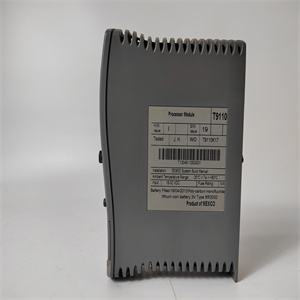
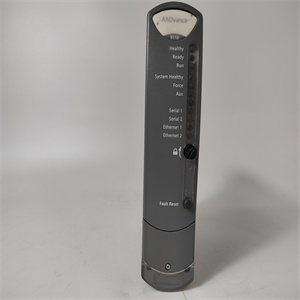
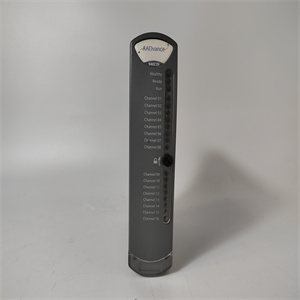

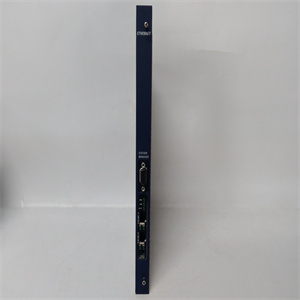
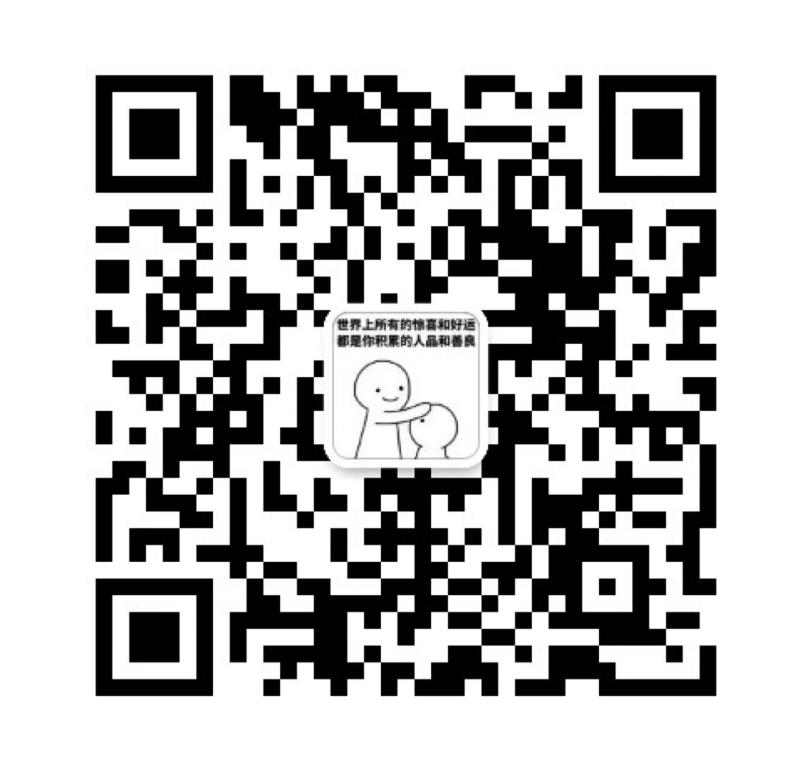
 客服1
客服1